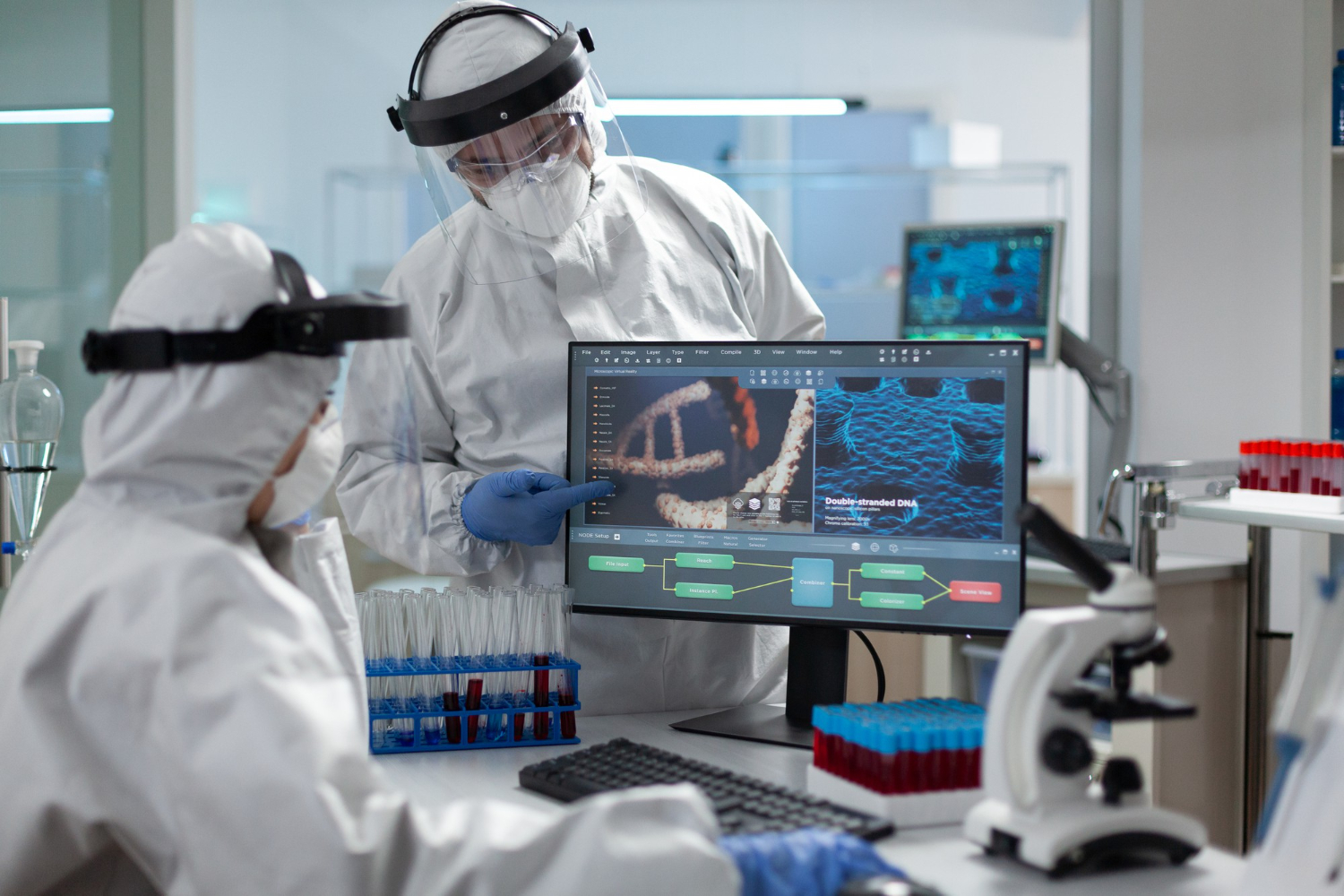Introduction to Pharma 4.0
Pharma 4.0 represents the application of Industry 4.0 principles to pharmaceutical manufacturing. It focuses on digitalisation, automation, and data-driven decision-making. The goal is to improve production efficiency, maintain product quality, and ensure compliance with regulatory standards. This transformation relies on manufacturing intelligence (MI), which uses real-time data and advanced analytics to optimise every step of the manufacturing process.
What Is Manufacturing Intelligence?
Manufacturing intelligence is the ability to collect, process, and analyse production data to make informed decisions. It connects systems, equipment, and people through digital platforms. MI provides real-time visibility into operations, enabling manufacturers to monitor performance and identify issues before they escalate. This capability supports continuous improvements and ensures that every manufacturing product meets high-level quality standards.
Benefits of Manufacturing Intelligence
The benefits of manufacturing intelligence extend across the entire pharmaceutical industry:
-
Improved Product Quality: Real-time monitoring ensures that products meet strict specifications.
-
Efficiency Gains: Automated data collection reduces manual tasks and speeds up decision-making.
-
Predictive Maintenance: Systems forecast equipment failures, reducing downtime and costs.
-
Regulatory Compliance: Digital records simplify audits and support good manufacturing practice.
These advantages make MI a cornerstone of Pharma 4.0 initiatives.
Read more: Mimicking Human Vision: Rethinking Computer Vision Systems
Role of Real-Time Data and Visibility
Real-time data is essential for modern manufacturing operations. Sensors and connected devices capture process data continuously. This information flows into dashboards that provide instant insights into production performance. When deviations occur, alerts trigger corrective actions immediately. Real-time visibility reduces waste, improves resource utilisation, and ensures consistent product quality.
Predictive Maintenance and Continuous Improvements
Predictive maintenance is one of the most impactful applications of Pharma 4.0. Machine learning models analyse historical and real-time data to predict equipment failures. Maintenance teams can schedule interventions before breakdowns occur, avoiding costly disruptions. This proactive approach supports continuous improvements in efficiency and reliability.
Machine Learning in Manufacturing Process
Machine learning enhances manufacturing intelligence by identifying patterns in production data. Algorithms optimise process parameters, reduce variability, and improve yield. Over time, these models become more accurate, enabling manufacturers to fine-tune operations and maintain high-level quality standards. Machine learning also supports adaptive control systems that respond dynamically to changing conditions.
Integration with Manufacturing Execution Systems
Manufacturing execution systems (MES) are central to Pharma 4.0. They manage workflows, track production data, and enforce quality management protocols. When integrated with MI and predictive analytics, MES becomes a powerful tool for real-time decision-making. This integration ensures that every step in the manufacturing process aligns with regulatory requirements and business objectives.
Read more: Visual analytic intelligence of neural networks
Cost Benefits of Pharma 4.0 and Manufacturing Intelligence
One of the most compelling reasons for adopting Pharma 4.0 is the significant cost savings it delivers across the manufacturing process. Traditional systems rely heavily on manual data collection and reactive maintenance, which increases operational expenses and slows production. Manufacturing intelligence changes this dynamic by automating workflows and enabling predictive maintenance.
Reduced Downtime and Maintenance Costs
Predictive maintenance powered by machine learning prevents unexpected equipment failures. By analysing production data and process data in real time, systems forecast potential issues and schedule interventions before breakdowns occur. This proactive approach reduces costly downtime and extends the lifespan of critical assets.
Lower Waste and Rework
Real-time visibility ensures that deviations in product quality are detected immediately. Corrective actions can be implemented before entire batches are compromised. This reduces waste, improves resource utilisation, and lowers overall production costs.
Optimised Labour and Operational Efficiency
Automation and digitalisation reduce manual tasks such as document handling and quality checks. Skilled staff can focus on high-level decision-making and continuous improvements rather than repetitive work. This shift improves productivity and reduces labour costs without sacrificing compliance.
Read more: Visual Computing in Life Sciences: Real-Time Insights
Digital Twins: Simulating and Optimising Manufacturing Processes
Digital twins are becoming a cornerstone of Pharma 4.0. A digital twin is a virtual replica of a physical manufacturing process. It uses real-time data from sensors and manufacturing execution systems to simulate operations under different conditions. This capability allows manufacturers to test changes without disrupting live production.
Process Optimisation Before Implementation
By modelling scenarios digitally, companies can identify bottlenecks, optimise batch sizes, and improve production schedules. This reduces trial-and-error costs and accelerates time-to-market for new products.
Enhanced Quality Management
Digital twins integrate with quality management systems to predict how process changes will affect product quality. Manufacturers can validate compliance before making adjustments, reducing regulatory risk and ensuring consistent standards.
Continuous Improvements Through Simulation
Digital twins support ongoing optimisation. As production data evolves, simulations become more accurate, enabling smarter decisions and better resource allocation. This adaptability is essential for maintaining competitiveness in a fast-changing pharmaceutical industry.
Read more: AI-Driven Aseptic Operations: Eliminating Contamination
Sustainability Trends in Pharma 4.0
Sustainability is no longer optional—it is a strategic priority for pharmaceutical manufacturing. Pharma 4.0 technologies enable greener operations without compromising efficiency or compliance.
Energy-Efficient Manufacturing
Smart control systems optimise energy consumption across the manufacturing process. Predictive analytics helps schedule production during off-peak hours, reducing environmental impact and lowering utility costs.
Reduced Material Waste
Real-time monitoring and automated quality checks prevent defective batches, reducing raw material waste. This not only cuts costs but also supports sustainability goals.
Eco-Friendly Packaging and Logistics
Data-driven insights improve packaging processes and optimise distribution routes. Manufacturers can reduce carbon emissions while maintaining timely delivery of pharmaceutical products.
Compliance with Global Sustainability Standards
Digital systems simplify reporting for environmental audits and sustainability certifications. Companies can demonstrate compliance with international standards while improving operational transparency.
Future Outlook for Pharma 4.0
The future of Pharma 4.0 will bring even greater connectivity and intelligence. Digital twins will simulate manufacturing processes, enabling optimisation before implementation. Cloud-based platforms will support global collaboration and data sharing. AI-driven systems will automate quality management and regulatory compliance, reducing manual workload and improving accuracy.
Manufacturers that embrace these technologies will gain a competitive edge. They will deliver high-quality products faster, reduce costs, and maintain compliance effortlessly. Pharma 4.0 is not just a trend—it is the foundation for the next generation of pharmaceutical manufacturing.
Read more: AI for Reliable and Efficient Pharmaceutical Manufacturing
TechnoLynx: Your Partner for Smart Manufacturing
TechnoLynx helps pharmaceutical companies implement Pharma 4.0 solutions with confidence. We design systems that combine manufacturing intelligence, real-time data analytics, and predictive maintenance. Our solutions integrate seamlessly with MES and support continuous improvements across your operations.
With TechnoLynx, you gain a partner committed to improving efficiency, ensuring compliance, and delivering high-level product quality. Contact us today to start your journey toward intelligent, future-ready manufacturing!
Image credits: Freepik













